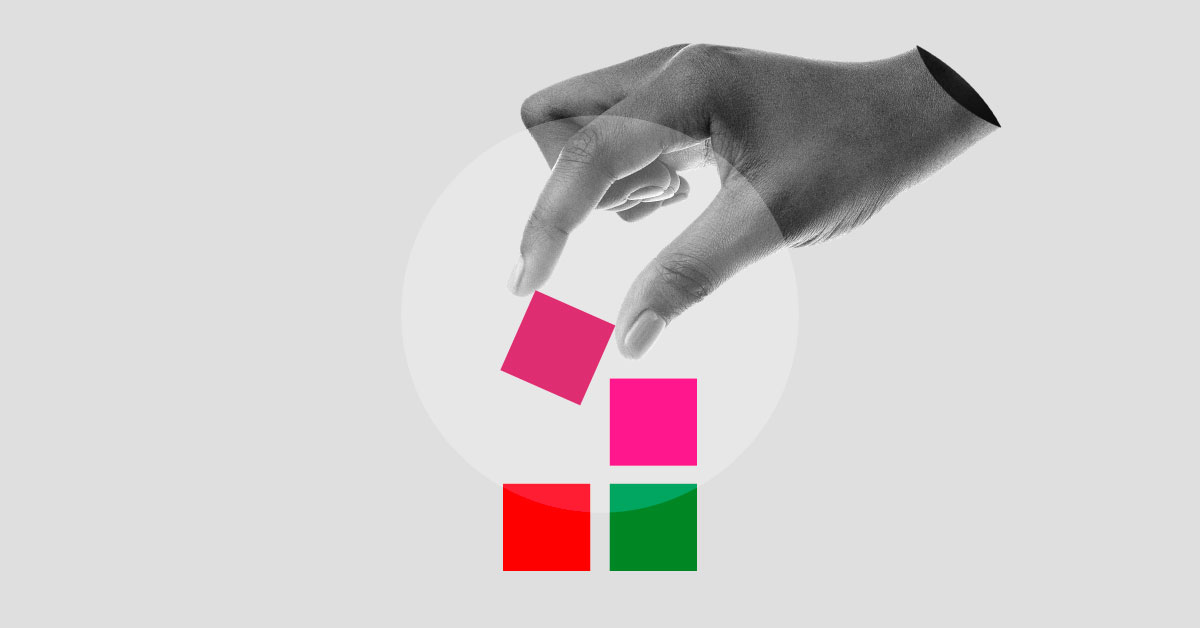Did you know that the official poverty rate in Canada has decreased from 14.5% in 2015 to 6.4% in 2020? While this is good news, trends indicate that the rate of decrease is slowing.
In fact, at the beginning of the pandemic (April 2020), we heard warnings that the economic impact of the pandemic could increase global poverty by as much as half a billion people, or 8% of the total human population, according to the United Nations University World Institute for Development Economics Research. The study highlighted that the achievement of the 2030 Agenda (SDG 1 No poverty and SDG 2 Zero hunger) is under considerable threat.
October 17 is International Day for the Eradication of Poverty, and SDG 1 challenges us to act to end poverty in all its forms, everywhere. But poverty is multidimensional, and factors like the lack of education, unemployment, gender and racial inequality, and climate change make it harder to put an end to it, especially following a global pandemic.
That’s why it’s even more important, now, that we use the SDGs as a framework to maximize our collective impact and ensure our actions contribute to positive change for people, communities, and the planet. As community-oriented educators, colleges and institutes use the SDGs to make Canada futureproof.
- SDG 4 Quality education: Colleges and institutes offer more than 10,000 programs, diplomas, and certificates of different lengths and with varying delivery-methods. That makes them the most accessible post-secondary institutions in the country.
- SDG 5 Gender equality: Colleges and institutes design programs that empower women to achieve their full potential, including in traditionally male-dominated fields. They also make spaces safe and welcoming for non-binary and gender-diverse learners. (Plus, did you know that 38% of college and institute presidents are women?)
- SDG 8 Decent work and economic growth: Colleges and institutes provide lifelong, skills-based learning opportunities that are tailored to the local economy, getting the right people into the right jobs. (Did you know that 91% of our graduates find a job within six months?)
- SDG 10 Reduced inequalities: Colleges and institutes are the primary point of access to post-secondary education for First Nations, Inuit, and Métis learners. They offer over 300 credential programs tailored to the needs of Indigenous learners and communities. They also serve as hubs to help all learners, no matter the background or experience, upgrade and advance their skills to succeed in the labour market.
- SDG 13 Climate action: Colleges and institutes train learners to work in green industries and conduct applied research in the latest clean technologies. Their campuses are also home to leading-edge examples of net-zero and sustainable design.
The SDGs are about ensuring that nobody is left behind. If you haven’t already, make sure to sign the SDG Accord, the postsecondary education sector’s collective response to the Global Goals.
- As a college and institute leader, when you begin to think about your work using the SDG framework, you may quickly realize how invested in the SDGs you already are! Signing the Accord is a public and visible statement to inspire, celebrate, and advance the critical role of education in delivering on the SDGs.
- Plus, as signatories, we maximize the impact of our efforts, share knowledge, hold each other accountable, and inspire each other to doing more.

